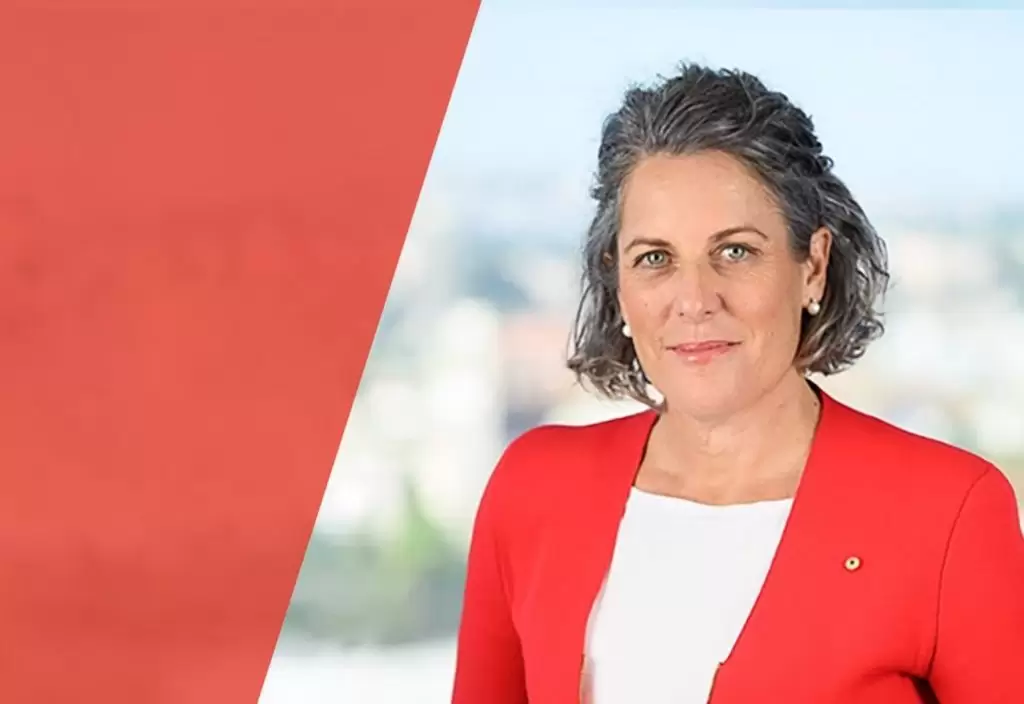Engineers Australia CEO Romilly Madew AO FTSE HonFIEAust is urging the engineering sector to adopt bold targets to significantly increase the number of women working as engineers by 2030.
Madew’s call coincides with the newly released Champions of Change Coalition 2022 Impact Report, which found that, within its STEM cohort, Engineers Australia led the way in achieving gender balance on a number of metrics, including leadership, recruitment and promotions. But there was more to be done.
“When you have targets with teeth, it gives everybody momentum,” Madew said.
“We need to shift the dial. When you consider how Australia compared to our international competitors, we are well below the average.”
In Australia, women make up just 16 per cent of university-level engineering students and 13 per cent of working engineers.
“We have a long way to go,” Madew said. “And we need to move fast, because we have a large skills shortage in engineering.”
“It’s critical that our workforce reflects the diversity of our communities. Engineers Australia promotes the pursuit of workforce diversity and inclusivity; both because it’s the right thing to do, and because it will unlock the talent, innovation, and workforce that the industry needs.”
Targeted initiatives have seen Engineers Australia minimise bias in recruitment and promotion and increase the proportion of women manager promotions from 57 per cent in 2021 to 64 per cent in 2022.
“Two things I think are key here — one is flexibility in approach for women with caring responsibilities,” Madew said.
“Women can be in senior roles, they can put their hand up and be on our committees. I’ve been at a number of committee meetings and events where women have brought kids — as have men.”
This represents a cultural shift in the profession – the second factor.
“It’s changing the culture to make it okay to work flexibly, to make it a safe environment,” she said. “To make an environment where we’re not ashamed to talk about the fact that we have low numbers of females participating, and that we’re all going to actively work together to increase the numbers across the profession of women participating.”
Learning from others
The Champions of Change Coalition’s 2022 report presents aggregated actions and impacts of more than 260 leaders from more than 230 organisations across 155 countries over the past year.
Formed in 2016, the coalition’s STEM group works to increase the representation of women at all levels in STEM, recognising their critical contribution to Australia’s innovation and growth potential.
“We’re all learning from each other; we are learning, through platforms such as Champions of Change, what’s worked,” Madew said.
“It’s not a one-size-fits-all — it’s not going to be one solution — it really is going to be a systematic and coordinated approach.”
As an example, Madew pointed to the differences in women’s representation within different parts of the STEM spectrum.
“There are significantly more female scientists than there are female engineers. We have some remarkable female engineer leaders in Australia, but they’re considered the one-offs … it needs to be amplified and business as usual.”
Identifying barriers
Engineers Australia’s activities in advancing gender equality have included publishing some ground-breaking research over the past year.
The Women in Engineering report identified key barriers and enablers associated with the low rates of participation by women in the profession, despite engineering being the largest employer of the STEM professions.
“We know the number of girls studying maths and science is low and falling. Secondly, we know that more than 90 per cent of young women either have not considered studying engineering at university, or it’s been a passing thought,” Madew said.
“We need to dispel the myth of what engineering is and highlight the multitude of opportunities there are across engineering, whether that’s biomedical, environmental, cyber software, robotics — I can keep going on.
“The challenge we have is highlighting the opportunities of engineering to girls at a very young age; get them excited about engineering and then make sure they’re on the right pathway with maths and science while they’re at school so they have an opportunity to get into engineering.”
Engineers Australia’s Barriers to Employment for Migrant Engineers report also highlights opportunities for gains in equality.
“A disappointing statistic is that overseas-born women engineers have almost three times the unemployment rate of Australian-born women engineers,” Madew said.
“In all our communications across our stakeholders, we’re actively promoting the opportunities around skilled migrants and the opportunities for increasing the number of women in engineering.
“Engineers Australia acts as the connector. We are the connector with academia, we are the connector with government, and we’re the connector with industry. And where we have great case studies, we share those case studies and say, “This is what worked really well; why don’t you give it a try’.”
The good news, however, is that Madew has noticed an appetite for change in the profession.
“With all the engineers I meet — not only the female engineers, the engineering cohort in general— they are very, very focused on diversity in engineering,” she said. “And not just gender diversity, but also cultural diversity and LBGTQI+.”
